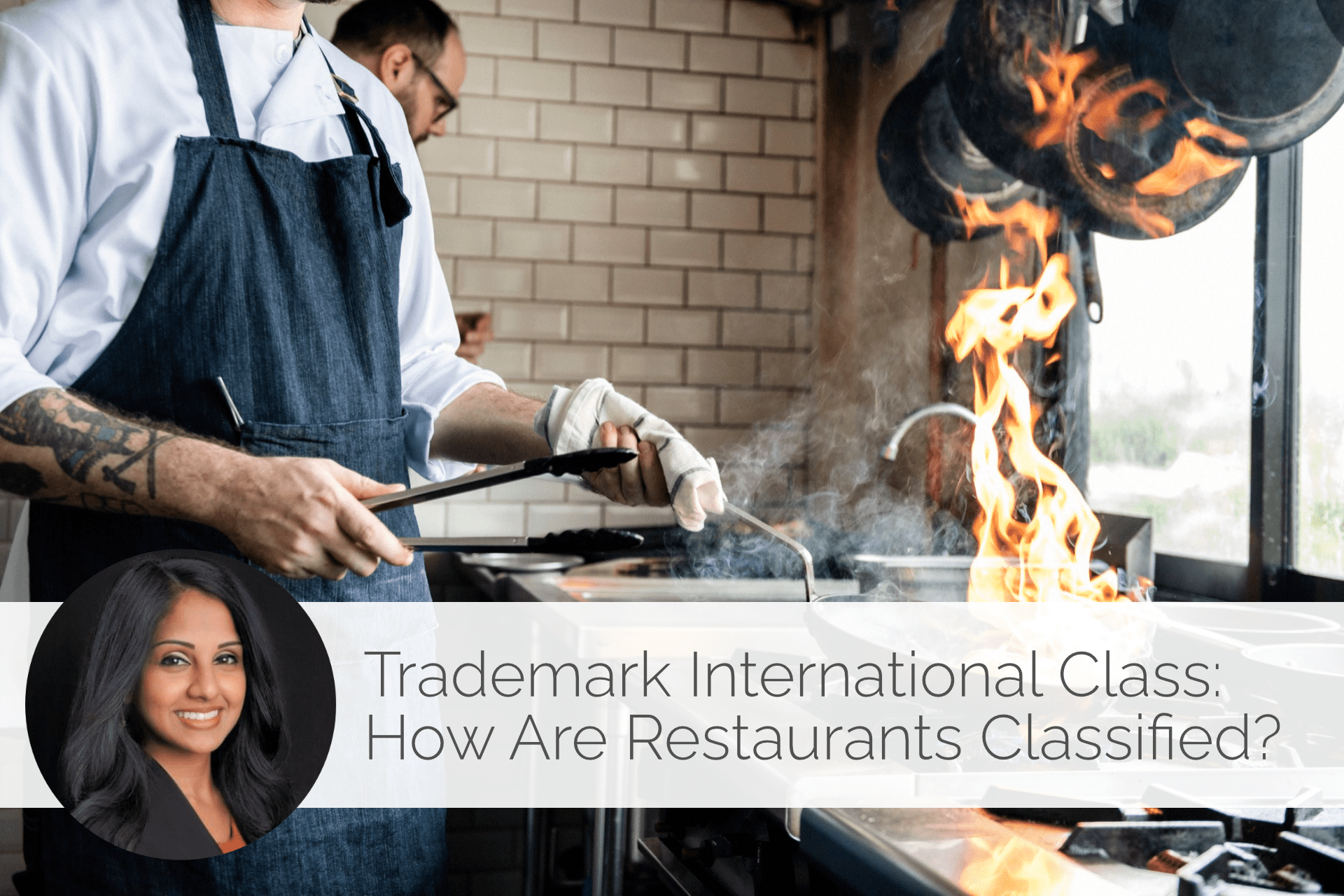Trademark International Class: An Introduction
The United States Patent & Trademark Office (USPTO) organizes trademarks into various categories called international classes, based on certain characteristics of the goods and services. The international classes are essentially “similar to the departments in a store,” where specific products with similar purposes are arranged together.
For example, if a consumer goes to a store looking for baking ingredients, it would be much easier to find them in a store where all bake-ware are placed together in one “baking section,” rather than in another where all bake-ware are spread throughout various aisles. Similarly, the trademark categories are organized in a way that is meant to make finding similar trademarks in a particular category much easier.
In total, there are 45 classes of trademarks. “Classes 1-34 are for goods,” meaning that consumable or usable products fall into these categories. This includes anything from machinery and vehicles, to clothing and “fancy goods.” On the other hand, “Classes 35-45 are for services.” This can include services from telecommunications to legal assistance.
Conducting a Trademark Class Search
In order to determine whether or not a proposed trademark is valid, an examining attorney will conduct a clearance search on TESS, or the Trademark Electronic Search System. This system searches through the various trademark international classes that are associated with the proposed trademark’s product to see if there is any potential infringement.
According to the USPTO, a search should be “broad enough to find all trademarks that are likely to cause confusion” yet still “narrow enough to limit the results (…) to a manageable number.” The key here is “relevancy.” One should look through all relevant trademarks to see if any infringement has occurred. If an infringement is found, then the proposed trademark will be rejected and the applicant must start the process over with a new trademark application.
For design marks, each existing design trademark is categorized with a special three-part code called a “design search code.” These codes are “used to classify and search for the prominent design elements in a trademark.” Each part of the code represents a specific category to which a design element belongs. The first part represents “the category of the design” which tends to refer to general groupings and ideas. The second part is “the division,” which is a more “narrower” grouping than the category.
For example, with animals, the division can refer to various species of animals who have similar characteristics – i.e. “primates.” Lastly, the third part of the code is the most specific, referring to subcategories of the division. It is called the “section.” If we continue with the example of “primates” as a division, then a section could be “orangutan” or “monkey.” To assist in searching through these very specific categories, the USPTO suggests the “design search code manual” which provides access to a list of categories in both alphabetized and dictionary formats. Once a code has been found, then it can be used to search through the TESS system.
Examples of Trademark Classes
To properly understand trademark international classes, we will look at a couple examples. Our first client is Sarah. Sarah wants to open a Japanese restaurant in the heart of San Jose, California. She sits for hours, drafting and creating a beautiful logo that incorporates her restaurant’s name and some symbols that are important for her. Sarah decides to apply for a trademark that will protect her business. Using TESS, she must search the relevant class for other restaurants who may have similar logos.
Because Sarah’s trademark is for a restaurant, this would fall under class 43 – Hotels and Restaurants. A restaurant is essentially a service because it provides a series of particular products for a guest over an extended period of time. Therefore a restaurant falls into this category. It also makes sense that restaurants and hotels are grouped together because they are considered to be part of the hospitality business.
For our second example, let us consider Peter who recently graduated from MIT. Peter is now an app developer and is currently creating a new social media platform. He also has spent hours creating a clever design that he believes will be eye catching to potential clients. Peter turns to TESS in order to make sure that his trademark does not violate any pre-existing ones. Because he is seeking to register an app, Peter must search through category 42 – Computer and Scientific.
Apps are accessed via electronic devices and are formed through the process of coding. Therefore, apps fall under this particular category. So, Peter searches and finds that his trademark has similarities to the trademark registered for Instagram. Because of this, he realizes that he cannot register his current form of the trademark and must draft a new one.
In both of these cases, the applicant selects a particular trademark class to conduct a search and find any conflicts. In the first case, the applicant does not find any violations and knows that she can continue on with the process of obtaining protections from the government. In the second case, the applicant finds a conflict. This indicates to him that he should restructure and redesign this trademark in order to make it more original and not infringe on the rights of his competitors.
Conclusion
In conclusion, the USPTO uses a system of trademark classes to organize and locate already existing company marks in similar fields. The purpose is to make searching and comparing trademarks more efficient.
Applicants are encouraged to search state trademark registries, state business listings, social media, Internet sources, and TESS for marks that are potentially similar to their own. It is important to remember that just because an applicant does not find the exact match, that does not mean that the applicant is entitled to use a mark that is similar to another.
If you have any questions on trademark international classes, searches, or applications, please reach out to us at MDGR LAW. We would be happy to assist, conduct the search, and prepare the trademark application.
The republication of this article was made possible by a collaboration between Flock of Legals and Attorney Melissa D. Goolsarran Ramnauth. The original article may be found here: https://www.mdgrlaw.com/post/what-trademark-international-class-is-a-restaurant









